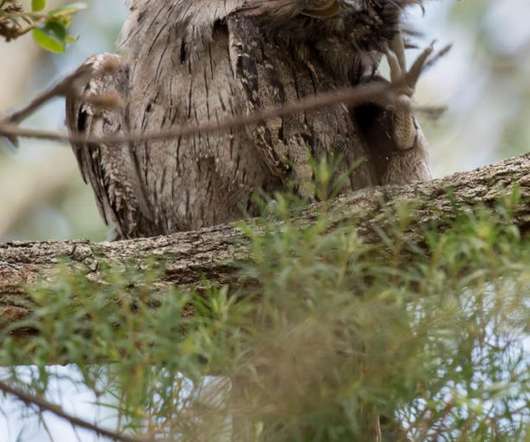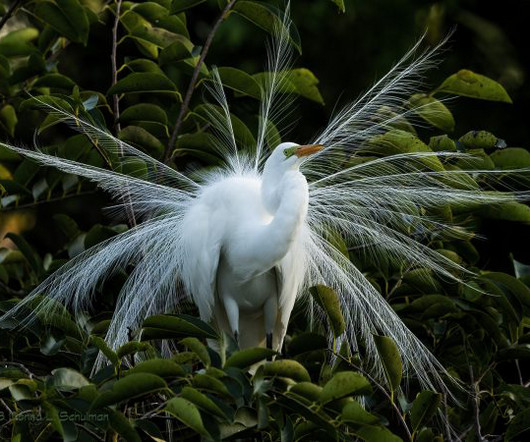Hornbills of Sabah
10,000 Birds
OCTOBER 9, 2023
Basically, hornbills get paid by evolution to eat fruit, digest the fleshy parts, and regurgitate or defecate the rest – a means of seed transportation that is apparently quite attractive to many plants despite the yuck factor involved. Other threats arise from illegal logging, hunting for bushmeat, and other body parts (feathers, beak, etc.)










Let's personalize your content